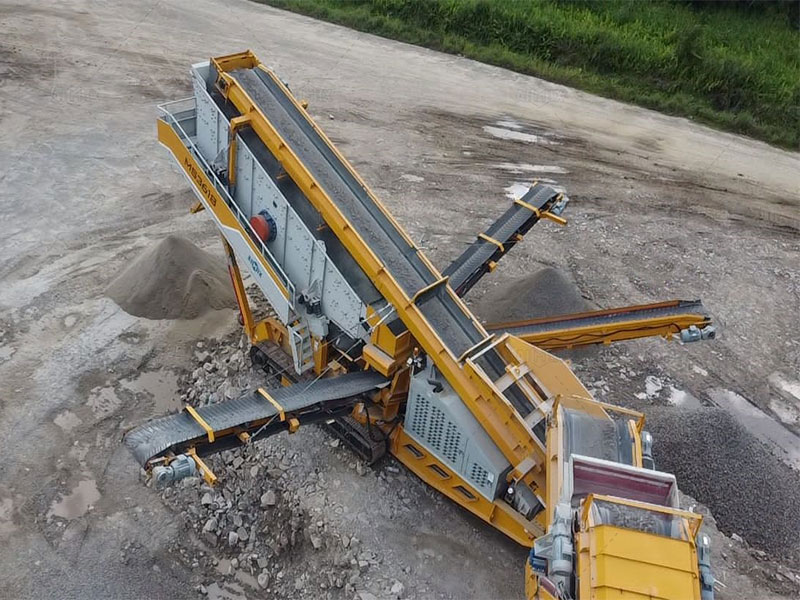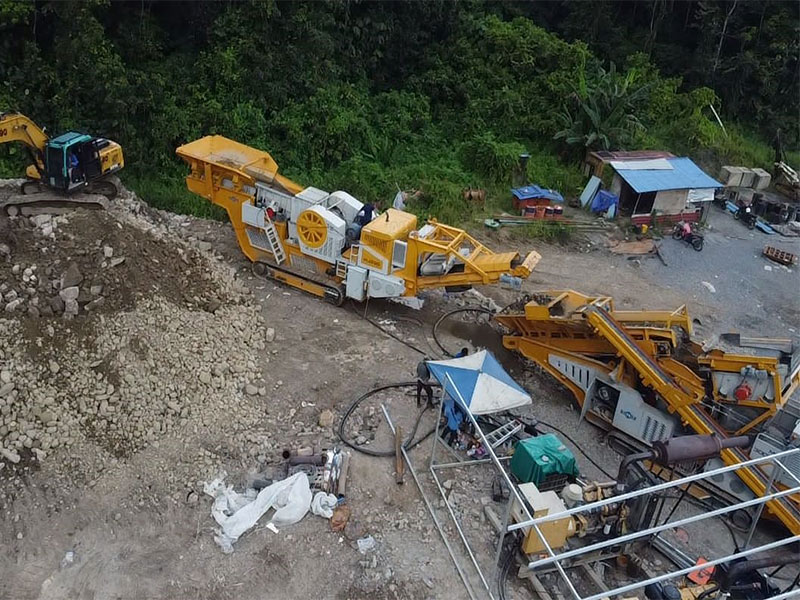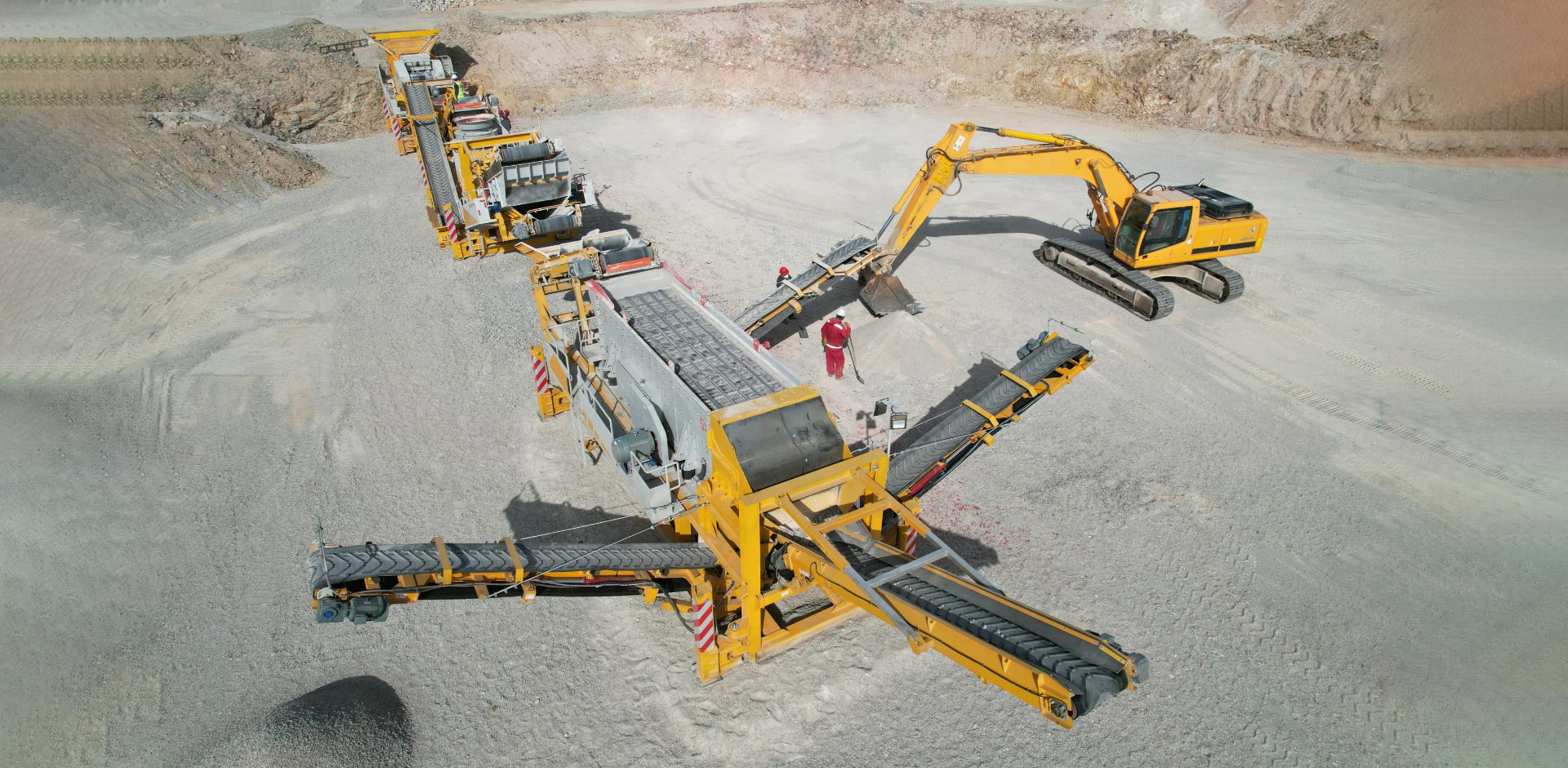Mobile crushing plants have become indispensable tools in various industries, including mining, construction, and recycling. They offer the advantage of on-site crushing, which enhances efficiency, reduces transportation costs, and minimizes environmental impact. However, the operation of mobile crushing plants comes with inherent risks that must be managed diligently to ensure the safety of workers and the protection of equipment. In this article, we will explore key safety considerations for mobile crushing plants, covering everything from design and setup to operation and maintenance.
I. Design and Setup
Risk Assessment and Safety Protocols
Before setting up a mobile crushing plant, it is crucial to conduct a comprehensive risk assessment. This assessment should identify potential hazards and establish safety protocols to mitigate these risks. All personnel involved should be trained in safety procedures.
Equipment Selection
Choose mobile crushing equipment that meets safety standards and is appropriate for the specific application. Ensure that the crusher mobile plant has safety features, such as emergency stops, guards, and warning systems.

Site Selection
The choice of the plant’s location should consider safety aspects. It should be on stable ground, away from hazards like cliffs, unstable terrain, or flood-prone areas. Adequate clearances and access routes for workers and maintenance personnel should be provided.
II. Operation
Operator Training
Only trained and qualified personnel should operate the mobile-type stone crushing plant. Operators should be familiar with equipment controls, safety procedures, and emergency response plans.
Safe Start-Up and Shutdown
Establish clear procedures for starting up and shutting down the plant. Ensure that operators follow these procedures meticulously to prevent accidents during these critical phases.
Equipment Inspections
Conduct regular inspections of the crushing equipment to identify wear and tear, loose components, or potential safety hazards. Address any issues promptly to prevent accidents.
Material Handling
Properly handle materials to avoid spills and ensure a steady feed into the crusher. Establish safe procedures for loading and unloading materials to prevent injuries.

Dust and Noise Control
Implement measures to control dust and noise generated during the crushing process. Dust can pose respiratory hazards, and excessive noise can harm hearing and concentration.
Emergency Response
Equip the mobile crushing plant with firefighting equipment, first-aid kits, and emergency communication devices. All personnel should be trained in emergency response procedures.
III. Maintenance
Scheduled Maintenance
Follow a regular maintenance schedule to ensure that all components of the stone crusher mobile are in good working condition. This includes checking lubrication, hydraulics, electrical systems, and structural integrity.
Replacement of Worn Parts
Replace worn or damaged parts promptly. Worn-out components can fail unexpectedly, leading to accidents or equipment damage.
Safety Devices
Ensure that safety devices, such as emergency stops and guards, are inspected and maintained regularly. Any malfunctioning safety equipment should be repaired or replaced immediately.
IV. Environmental Considerations
Environmental Permits
Ensure that the mobile crushing plant complies with all local and national environmental regulations. Obtain the necessary permits for operation and adhere to emissions limits and waste disposal guidelines.
Dust and Emissions Control
Implement dust control measures, such as water sprayers or dust suppression systems, to minimize the environmental impact of dust emissions.
V. Training and Awareness
Continuous Training
Provide ongoing safety training to all personnel involved in the operation and maintenance of the mobile-type crusher plants. This training should cover safety procedures, hazard identification, and emergency response.
Safety Culture
Foster a safety culture within the organization where all employees prioritize safety and report any safety concerns promptly. Encourage open communication regarding safety issues.
Conclusion
Mobile crushing plants offer numerous benefits, but they also present potential safety hazards that must be addressed comprehensively. From the initial design and setup to daily operation and maintenance, safety should always be a top priority. By conducting risk assessments, implementing safety protocols, and providing proper training, organizations can create a safer work environment and minimize the risks associated with mobile crushing plants. A commitment to safety not only protects workers but also preserves the longevity and efficiency of the equipment while ensuring compliance with environmental regulations.
